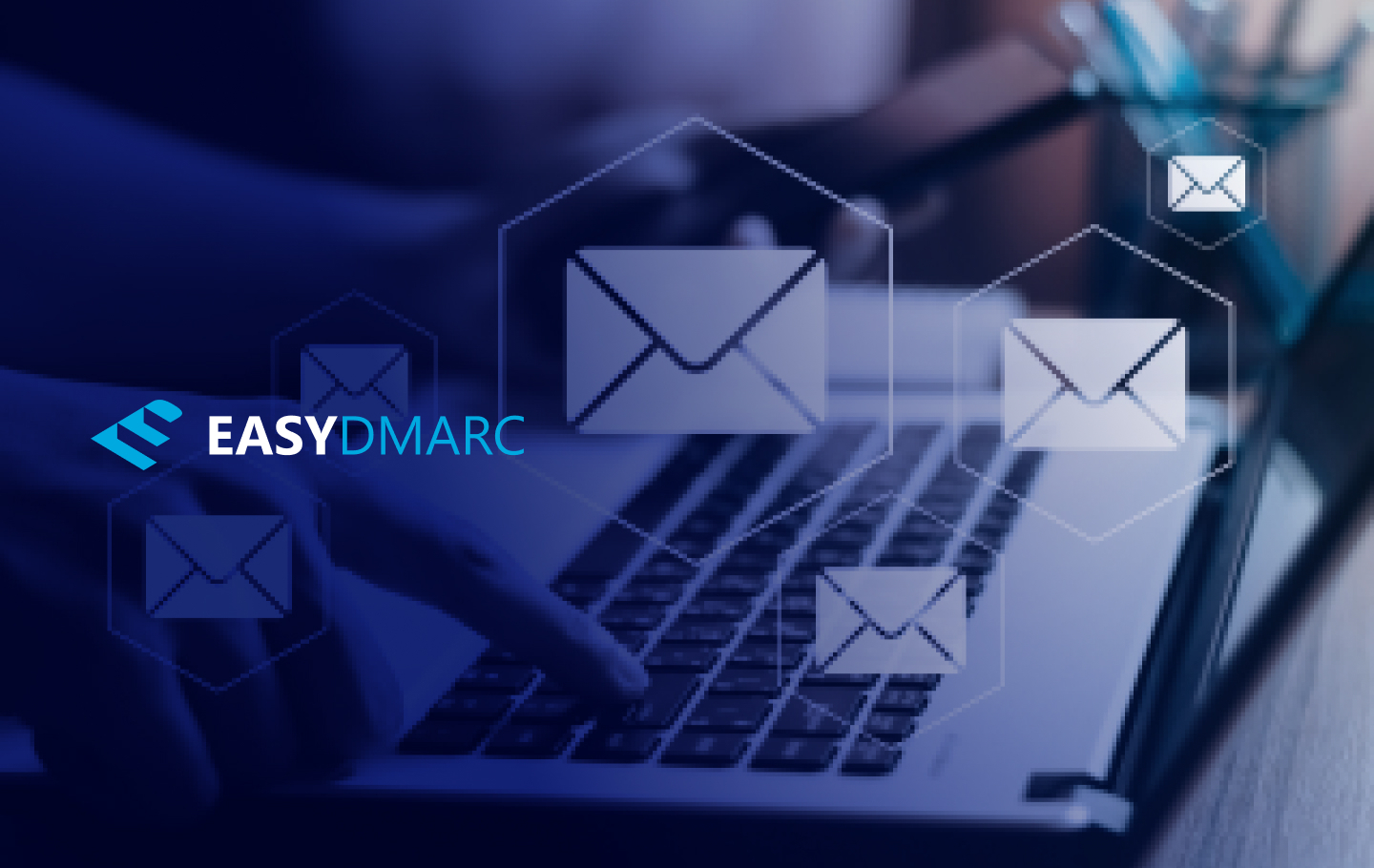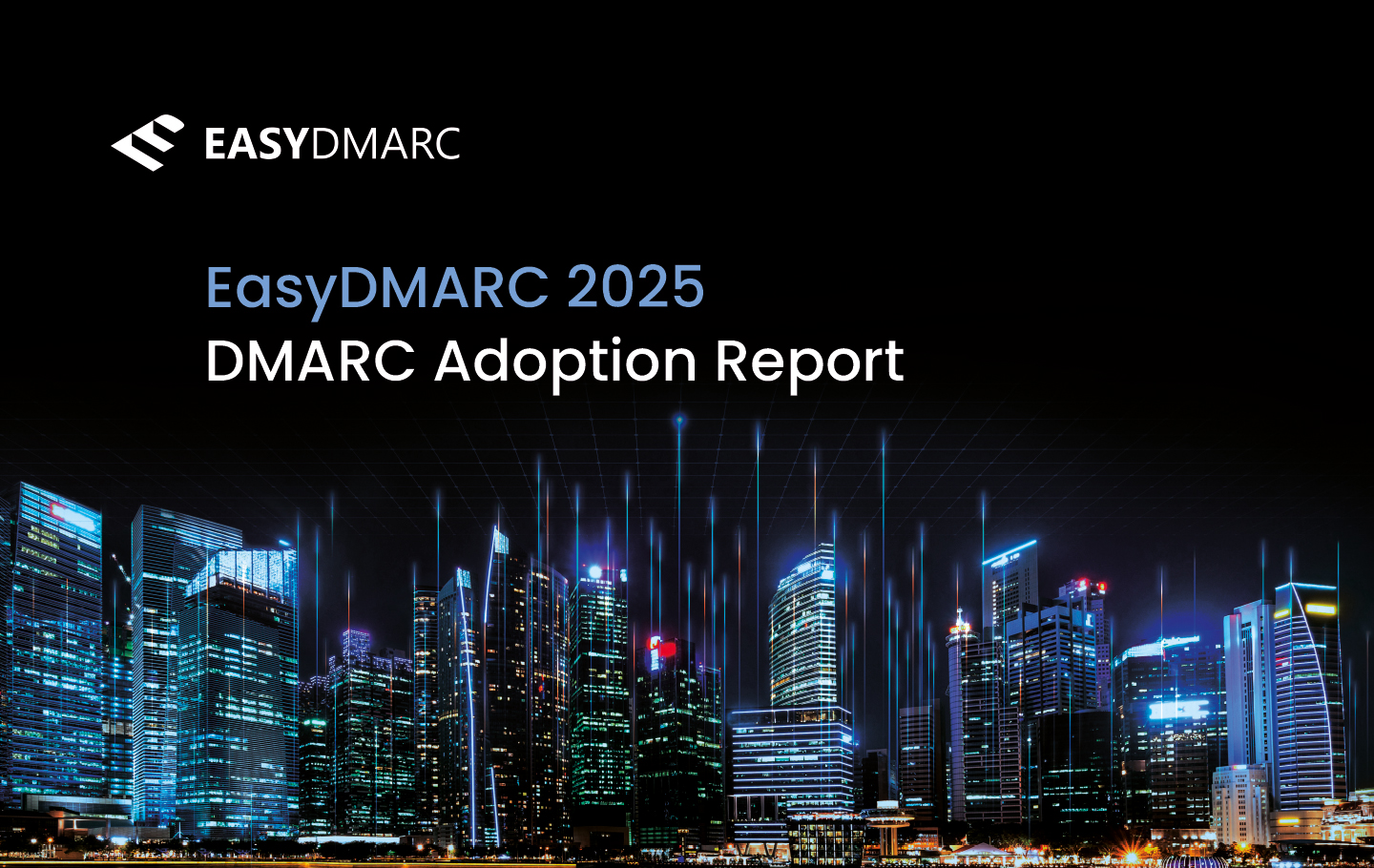There’s no doubt that email marketing is an essential and powerful tool for any organization looking to increase conversion rates. When your message successfully lands in your customer’s inbox, the possibility of a sale increases. For that reason, email deliverability is key to business success.
A poor email deliverability makes it difficult for your emails to reach your intended audience. Companies spend significantly on marketing campaigns, but their ROI is negatively impacted without good deliverability.
So, does DMARC improve deliverability? That’s what we’ll discuss in this article. First, let’s talk about email deliverability and its importance.
What is Deliverability?
Email deliverability is the ability of your messages to get to your recipients’ inboxes. In other words, it can be defined as the percentage of emails accepted by ISPs (Internet Service Providers).
Deliverability should not be confused with delivery. The latter only focuses on ensuring that the message gets to the receiver but doesn’t care where the email lands. The deliverability rate is a percentage of how many emails actually reach the inbox. But there’s no easy way to learn that, so the deliverability rate is usually assumed according to various factors.
As a business owner, one of your main goals should ensure that every single message you send lands in the receivers’ inboxes.
Several factors can affect your email deliverability, including DMARC authentication, sender reputation, and when an ISP blocks your domain.
When your sender’s reputation is low, your messages are less likely to reach the inbox. Organizations should be clear about the content they send out and to whom they send it.
Email deliverability and DMARC implementation are inextricably linked. Proper email authentication can improve your deliverability rate as recipient servers only allow real and legitimate emails to reach the inbox while preventing spam, spoof, and phishing emails using your company’s name.
DMARC: The Magic Wand for Improved Deliverability?
DMARC, an acronym for Domain-based Message Authentication Reporting and Conformance, is an email authentication standard designed to prevent unauthorized use of an organization’s domain.
Proper DMARC implementation can have a positive effect on your deliverability rate. When you publish your DMARC record within your domain’s DNS, you’ll get valuable insights into the sources and IPs sending messages on your domain’s behalf (both legitimately and otherwise)
DMARC reports also provide insights into failed email delivery due to DKIM and SPF verification problems, so you can address such issues and enhance email authentication.
This can increase the trustworthiness of your domain, making ISPs more willing to place your messages in your receivers’ inboxes, thereby improving your email deliverability.
Additionally, implementing a robust DMARC policy helps mitigate the risks of malicious emails sent from your domain for spoofing and phishing. As such, ISPs know that the domain owner can guarantee adequate security and that recipients can trust messages originating from the domain.
What’s the Real Process, and How Long Can It Take?
Setting up DMARC is easy, but it can take a while before you can set your policy to “Reject.” Follow the steps below to enforce your DMARC policy.
Publish the DMARC Record
The first thing you need to do is add a DMARC record in the DNS of your domain. To do that, you have to log into your DNS hosting provider. Then, you can proceed to create a new TXT record. The navigation depends on the type of DNS provider you’re using.
While creating your DMARC record, you need to fill out fields like the host/name, record type, and value.
Type in “_DMARC” in the Name or Host field, and the domain provider might complete the field by including your domain name (for instance, _DMARC.mywebsite.com). There are two DMARC tag values you need to include in your record:
- The first is the “V” (version) having one tag-value pair, “v=DMARC1”.
- Then you need to configure the “P” (policy), having the following tag-value pair: “p=none,” “p=quarantine,” or “p=reject.”
Take Action on DMARC Reports
The best approach is to start with the “p=none” policy so you can actively monitor the DMARC reports and take any corrective action. That way, you can identify any email delivery issues due to DKIM and SPF authentication checks so that important messages aren’t accidentally rejected or quarantined.
You can add the RUA (DMARC Aggregate Reporting) tag to send an email performance report to your indicated address. Organizations can only include one RUA and one RUF (DMARC Forensic Report) in their DMARC record. Don’t use multiple of either to avoid issues with your DMARC deployment.
Reach the “Reject” Policy
Once you understand how DMARC works and how it can impact your email deliverability, you can upgrade to the next level by implementing full DMARC enforcement. This is accomplished by setting your DMARC policy to “reject.”
Implementing DMARC isn’t enough to prevent fraudulent emails, you need to enforce a DMARC policy. While the “p=none” policy is more like a testing mode and doesn’t hinder unauthorized emails from reaching a recipient’s inbox, the “p=quarantine” policy instructs unauthorized emails to be delivered to the spam folder.
However, the “p=reject” policy is the ultimate goal—it instructs receiving servers to discard unauthorized emails before they’re delivered.
Set your PCT to 10 to ensure that DMARC only prevents malicious emails. Once you’re satisfied that DMARC enforcement is working perfectly, you can gradually increase the PCT to 100.
You Still Need to Implement Email Marketing Best Practices and Strategies
Although it’s vital for email security, the DMARC authentication protocol isn’t golden ticket to land your messages in your receiver’s inboxes or remove your domain from ISPs’ blocklists. So even with your DMARC running efficiently, you need to keep good email marketing and practices.
Never buy an email contact list, and avoid using “No reply” in the sender’s email address. Additionally, you should clean your email list regularly to remove inactive subscribers. The more users engage with your emails, the better your deliverability rate will be. It’ll also help if you include your logo, add a signature, or implement BIMI.
In addition to DMARC implementation, these practices can positively impact your deliverability rate.
Final Thoughts
A high deliverability rate is vital to any successful communication and marketing strategy. It can increase your open rate, leading to a higher conversion rate. DMARC won’t only increase your deliverability rate, but it’ll also protect your domain from being used for spam, spoofing, and other phishing attacks.
With DMARC, your email deliverability rate can rise and remain high—provided you implement best practices for email marketing too. You can use our DMARC record generator to create your record or reach out if you need a hand. We’re here to help!



Why can’t I set the policy framework to reject instead of none and quarantine. Also, why do these extra policies even exist? Why can’t I just set the policy to reject I mean, do I want someone to be fishing and spoofing my emails and sending them to someone. and why should i be okay with them being quarantined? i dnt understand
Great question! I get why you’d want to jump straight to p=reject—after all, nobody wants their domain being spoofed. But enforcing DMARC too quickly can actually cause more harm than good, like blocking your own legitimate emails from reaching customers or partners. That’s why DMARC has different policy levels (none, quarantine, and reject)—to help you roll things out safely.
Here’s the best approach:
1. Start with p=none + RUA reporting – p=none by itself doesn’t do much, but when combined with an RUA (Aggregate Report) address, it lets you collect data on who’s sending emails using your domain. This helps you spot misconfigured services and unauthorized senders.
2. Fix misconfigurations – DMARC reports will show you which sources are failing SPF and DKIM. Before enforcing anything, you need to make sure all legitimate email sources are properly authenticated.
3. Move to p=quarantine – Once you’re confident that your legitimate emails are passing authentication, you can start quarantining unauthorized ones (sending them to the spam folder instead of outright rejecting them). This acts as a safety net while you fine-tune things.
4. Finally, enforce p=reject – When you’re 100% sure everything is configured correctly, switching to p=reject will block all unauthorized emails from ever reaching inboxes.
Jumping straight to p=reject without this process can lead to serious email delivery issues, which is why a gradual approach is the best way to roll out DMARC properly.
Hope this helps! Let me know if you have any other questions.